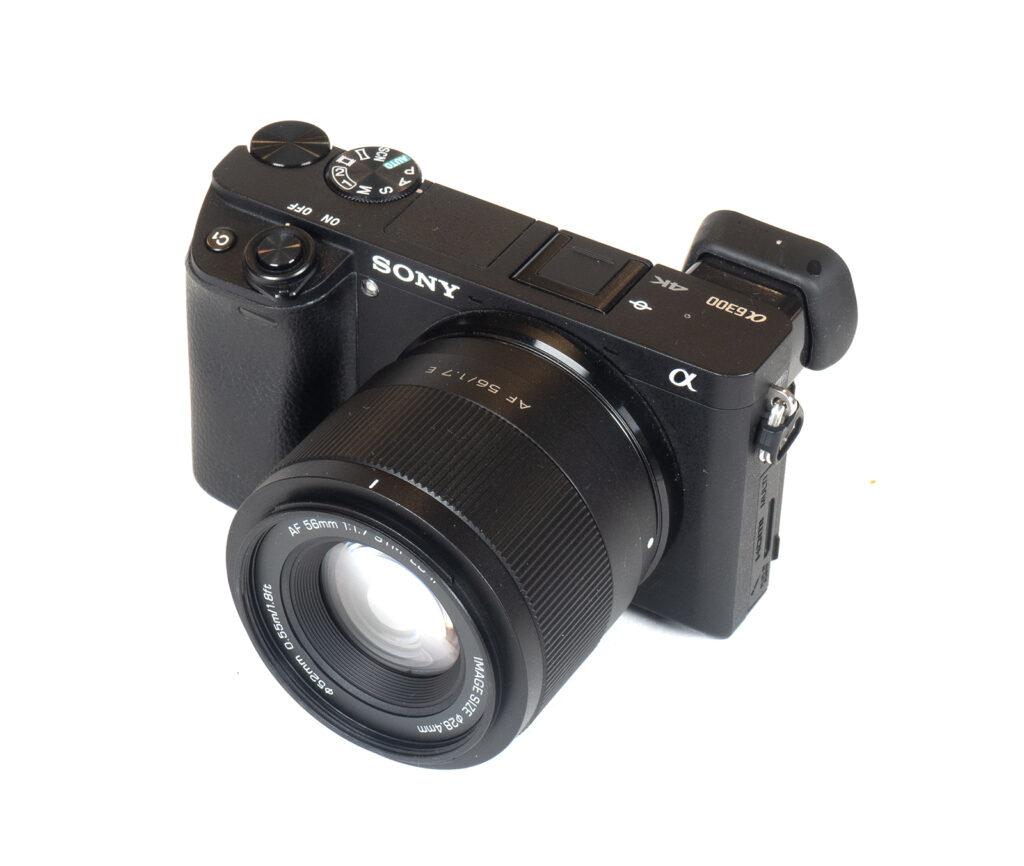Introduction
A short while ago, we reviewed the Viltrox AF 56mm f/1.7 X in Fujifilm X-mount – with rather surprisingly positive results. Meanwhile, Viltrox also released the lens in Sony E-mount, so let’s have a quick look at whether it can repeat the Fujifilm results, even if it may just be for the sake of testing performance consistency. In Sony E-mount, it would set up back by $180 USD, so it’s positioned at the affordable end of the market. For comparison – Sony’s own FE 50mm f/1.8 costs about $250 USD, and the Sony E 50mm f/1.8 OSS goes for a hundred dollars more than that.
The low price of the Viltrox lens doesn’t translate to a cheap build quality. It’s still precisely manufactured and made of good quality, matte, engineered plastic based on a metal mount. The lens uses an internal focusing mechanism; thus, the length doesn’t change during focus operations. Overall, it feels sturdy despite the meager weight of just 170g. The focus ring turns smoothly without any wobbling. There is no AF-MF switch nor an aperture ring so all this has to be controlled via the camera. A small, petal-shaped lens hood is provided.

The Viltrox AF 56mm f/1.7 E uses an older style stepping motor (STM) for autofocusing as well as a manual focus by-wire system. It’s near-silent but somewhat on the slow side. Firmware upgrades are possible via a USB port at the mount.
| Specifications | |
|---|---|
| Optical construction | 11 elements in 9 ground including 4x ED, 3x HR |
| Number of aperture blades | 9 |
| min. focus distance | 0.55m (max magnification 1:9) |
| Dimensions | φ65×54.3mm |
| Weight | 170g |
| Filter size | φ52mm |
| Hood | barrel-shaped (plastic, bayonet mount, supplied) |
| Available Mounts | Nikon Z, Fujifilm X, Sony E |
| Other features | micro-USB port for firmware updates |
Distortions
A difference compared to the X-mount version is the presence of a correction profile. However, the 56mm f/1.7 E produces already negligible pincushion distortion in RAW images to start with and the tiny rest can be easily auto-corrected.
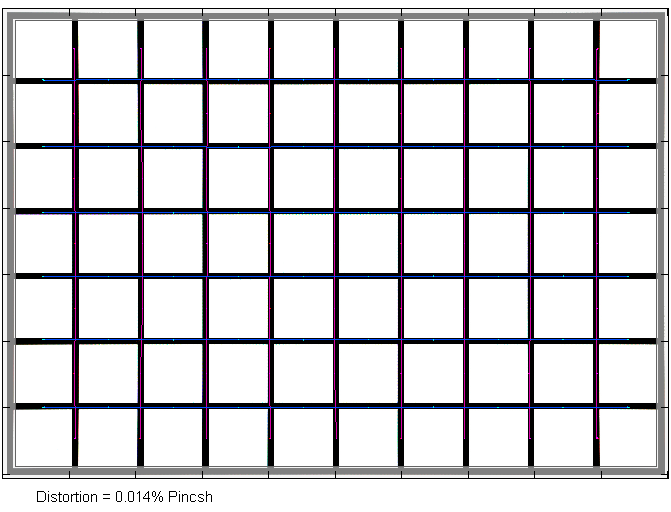
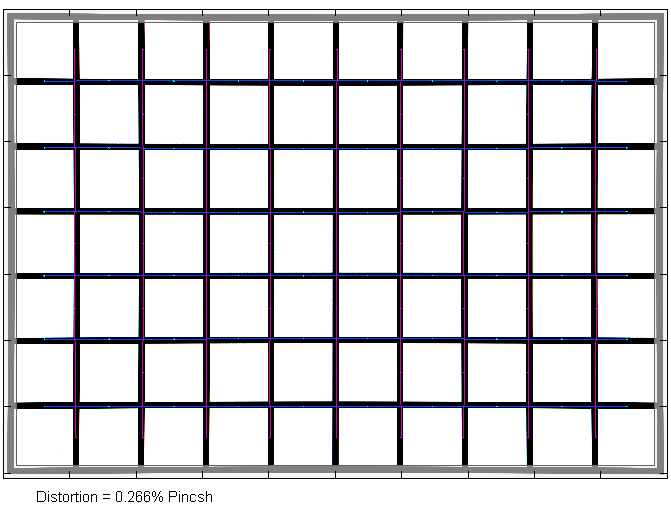
Vignetting
The correction profile does, however, come in handy for vignetting. At large aperture settings, it quite pronounced. A light falloff of 2.4EV at f/1.7 is clearly visible. The issue is only tamed from f/5.6.
With activated auto-correction, the vignetting is reasonably high at f/1.7, acceptable (by APS-C standards) from f/2.2 and mostly gone from f/2.8.
This is a rather interesting difference compared to the X-mount version which produced a far lower vignetting in RAW mode. This may relate to the different tone curve in E-mount or a different sensor characteristic.

MTF (resolution) at 24 megapixels
Image resolution is an obvious strength of the Viltrox lens. In fact, the results are nothing short of outstanding. At f/1.7, the broader center quality is already great, and the outer image field is easily on a very good level. Stopping down increases the quality slightly, with downright superb results between f/2.8 and f/5.6. Diffraction lowers the quality from f/8, although f/11 remains very usable.
Field curvature is low. The centering quality of the tested sample was good.
Please note that the MTF results are not directly comparable across the different systems!
Below is a simplified summary of the formal findings. The chart shows line widths per picture height (LW/PH), which can be used to measure sharpness. If you want to know more about the MTF50 figures, check out the corresponding Imatest Explanations.

Chromatic Aberrations (CAs)
Lateral CAs are negligible, with an average pixel width of just 0.1px at the image borders. This is slightly lower than in X-mount, which can probably be explained by minor sample variations.

Bokeh
Note: We copied this section from the X-mount review. This aspect doesn’t change just because of a different mount.
A medium telephoto lens is meant for shallow depth-of-field photography – even though a max aperture of f/1.7 isn’t overly impressive in this scope.
Out-of-focus highlights are nicely rendered. The center discs are perfectly circular – not only at f/1.7 but also at f/2.8. The inner zone is very smooth – the lack of aspherical elements already indicated this – and there’s barely any outlining.

The above applies to the very center zone. The shape of the discs deteriorates “early” in the midfield and “cat eyes” are obvious at the borders. Stopping down corrects the shape. The border discs are restored to a circular shape at f/2.8, and it takes f/4 to “fix” the corner discs.
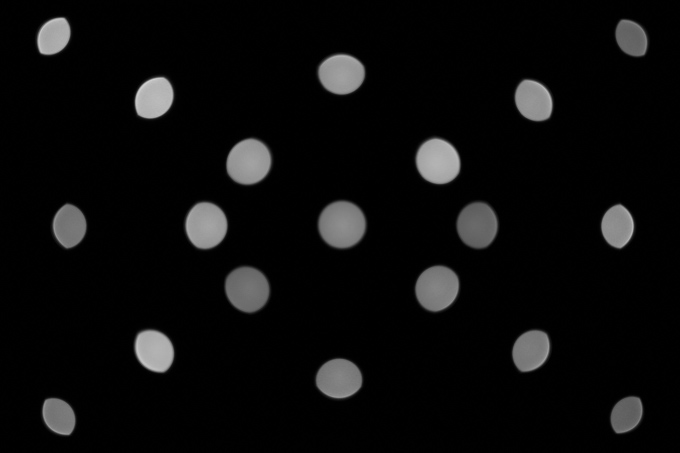


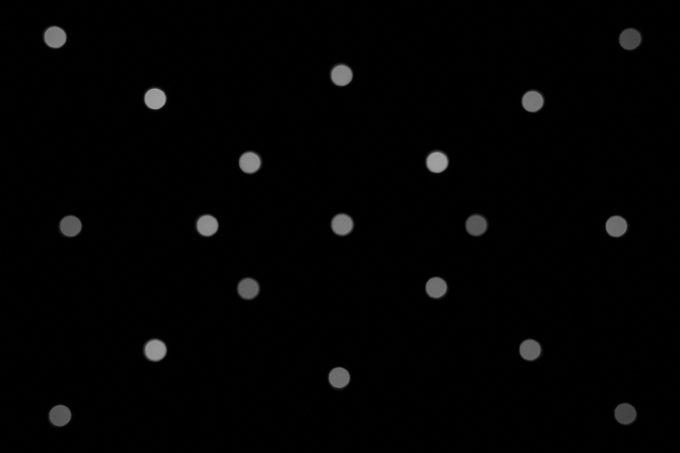
The quality of the general blur in the focus transition zone is pretty smooth in the image background as shown to the left below. The less critical foreground blur (to the right) is rather rough in comparison.

Bokeh Fringing / LoCA
Note: We copied this section over from the X-mount review. This aspect doesn’t change just because of a different mount.
LoCAs are a color-fringing defect that shows up as a greenish tint beyond the focus point and purplish-blueish in front. Surprisingly, the Viltrox lens shows only a trace of fringing at f/1.7 and f/2.2, and it’s gone by f/2.8.
If you look closely when scrolling through the aperture markers below, you may notice that the focus point shifts towards the rear – and fairly substantially so. This shift is called RSA or “Residual Spherical Aberration”. When using a large aperture setting, this can be an issue at close-focus distances.
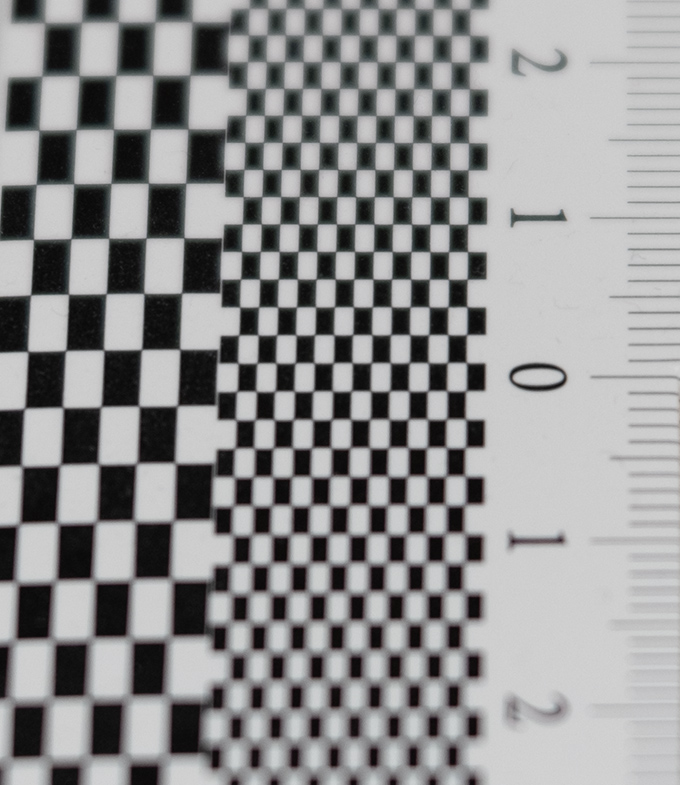
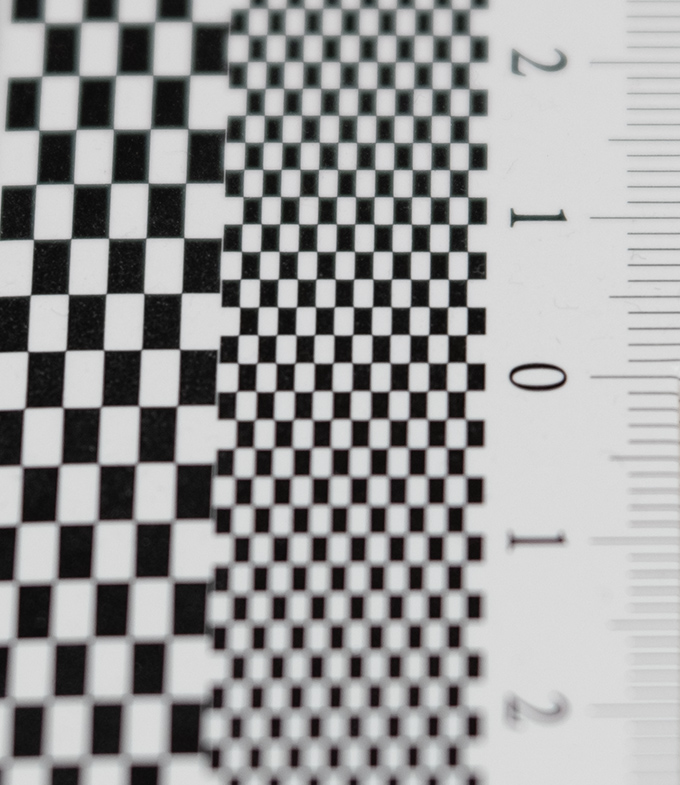

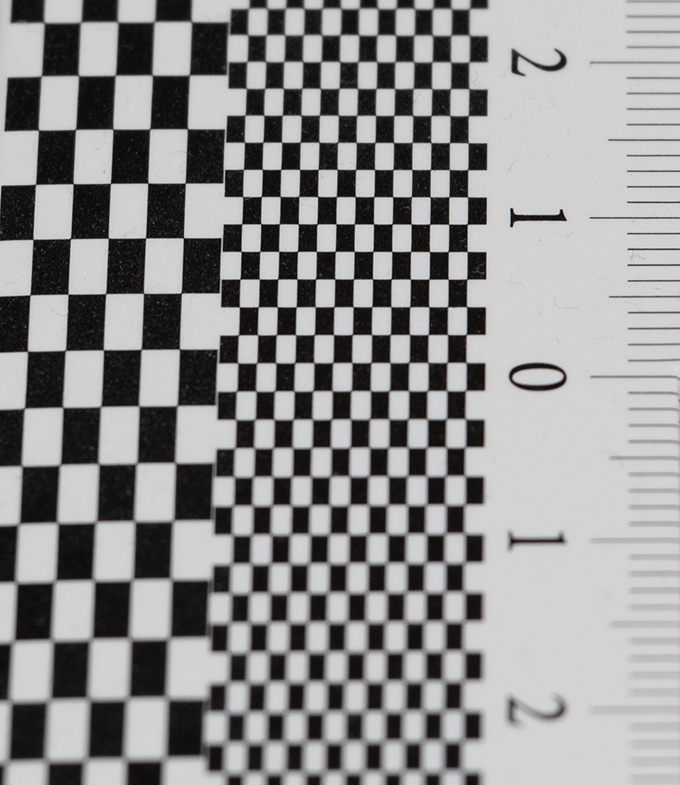
Competition
The Viltrox AF 56mm f/1.7 E faces numerous competitors in Sony E-mount. The most obvious ones are the Sony FE 50mm f/1.8 and Sony E 50mm f/1.8 OSS. Sony full-format FE 50mm f/1.8 isn’t the most desirable lens with a rather classic – means mediocre – optical design and slow AF. The E 50mm f/1.8 OSS is ancient by now. It features an OSS, which may be a plus on Sony cameras without IBIS, but it’s also twice the price – and certainly not better optically. A more serious, modern competitor is the Sigma 56mm f/1.4 DC DN, but that’s, once again, a much more expensive lens. There are also cheaper 50s like the TTArtisan AF 56mm f/1.8 E, but unlike Viltrox, the more exotic players don’t have a good track record, specifically in terms of QA.
Sample Images
Unsurprisingly, the Viltrox AF 56mm f/1.7 E maintains the high quality levels that we've already seen with the X-mount version of the lens. The lens is very sharp at f/1.7 and downright superb at medium aperture settings. Image distortions and CAs are non-existent. Vignetting is on the very high in RAW images but decent when using auto-correction. The quality of the bokeh is impressive as well. Highlights are nicely rendered and the background blur is very smooth. Even LoCAs are on the low side. A bit of a hiccup are focus shifts towards the rear when stopping down. At very close focus distances this might be an issue. It's worth noting that the lens isn't really aligned to close focus scenes anyway.
The build quality is far better than what you might expect from a lens of this the price tag. Sure, this isn't a professional grade lens. However, the plastic quality is decent and the focus rings feels pretty good. There is no weather sealing, but the internal focusing should help in most sane situations. The AF is fairly slow, but it does the job just fine for most target applications, except action photography.
The Viltrox AF 56mm f/1.7 E is quite a steal at just $180 USD. If you don't feel the f/1.4 itch and want to save a few bucks along the way, this currently the best option in the class for Sony APS-C mount cameras.
-
Optical Quality
-
Build Quality
-
Price / Performance


